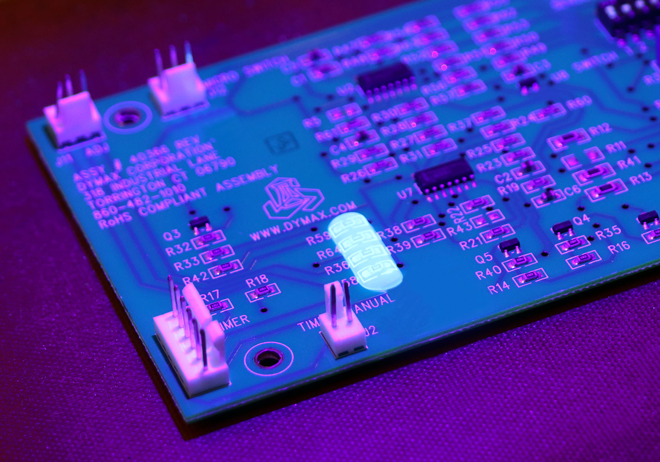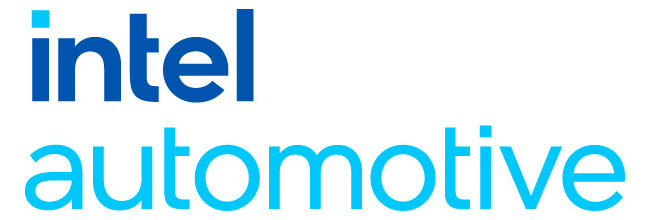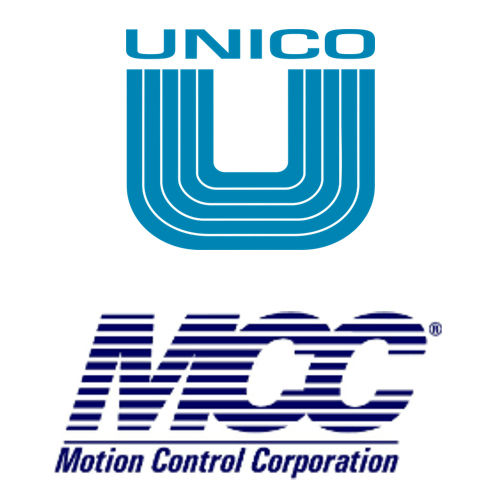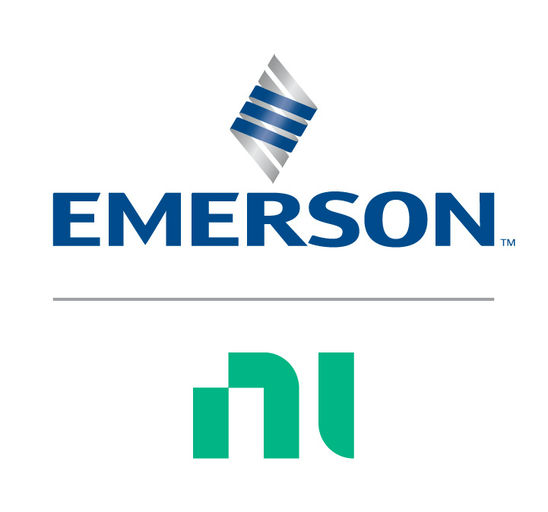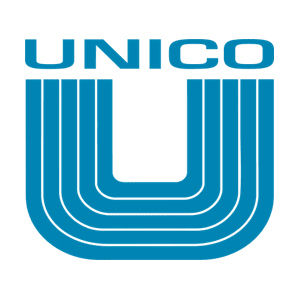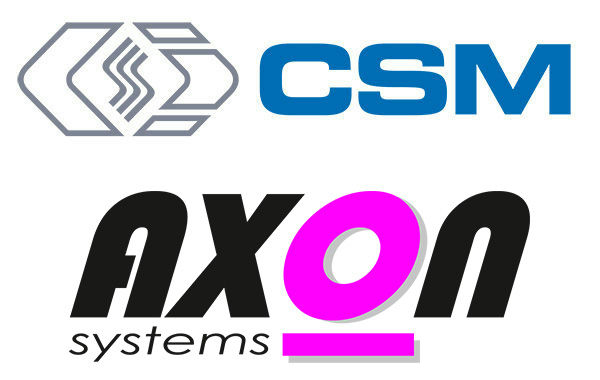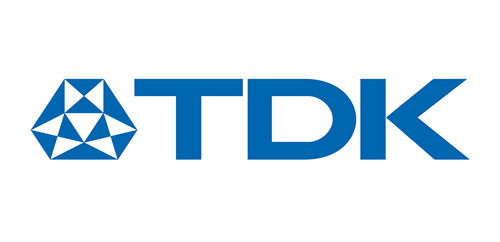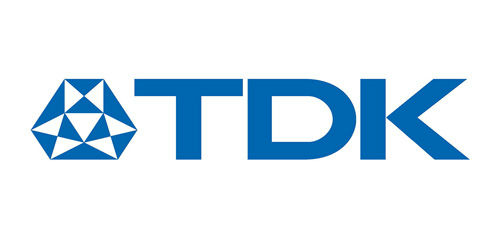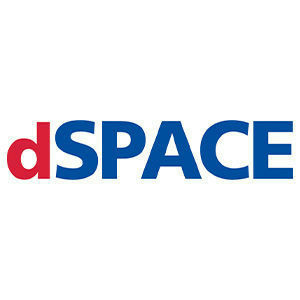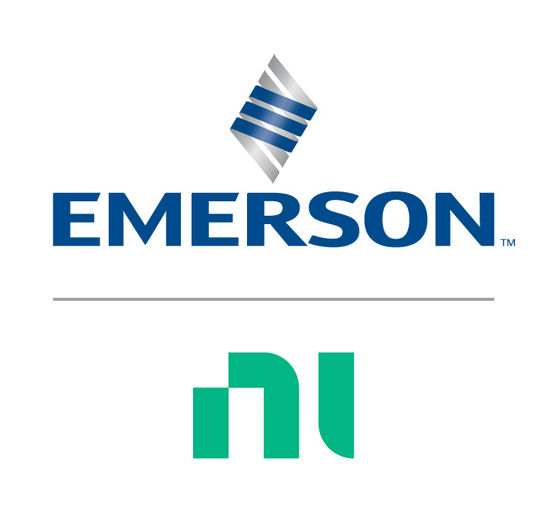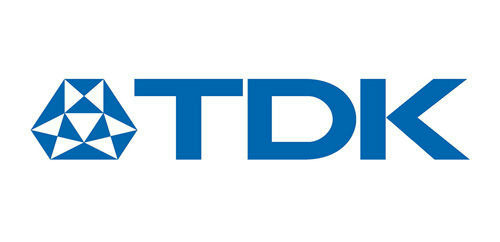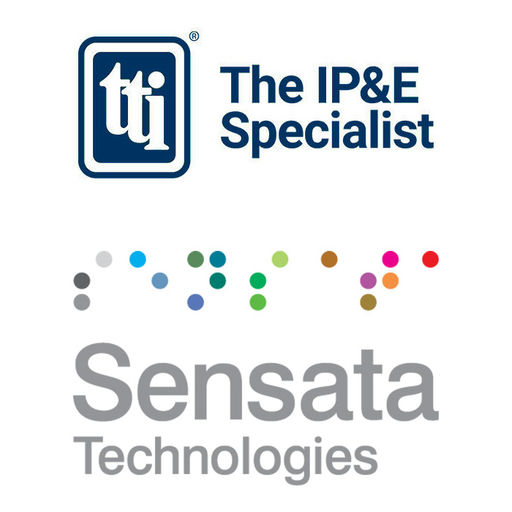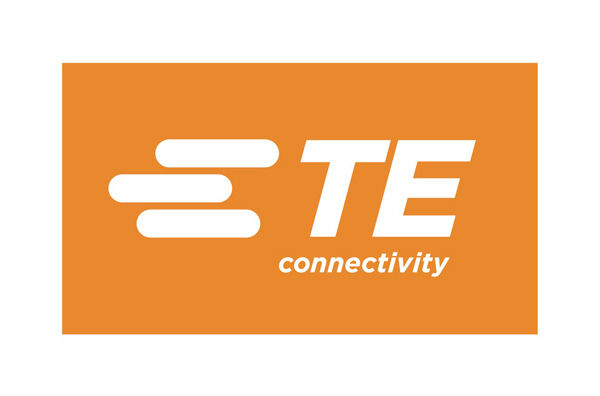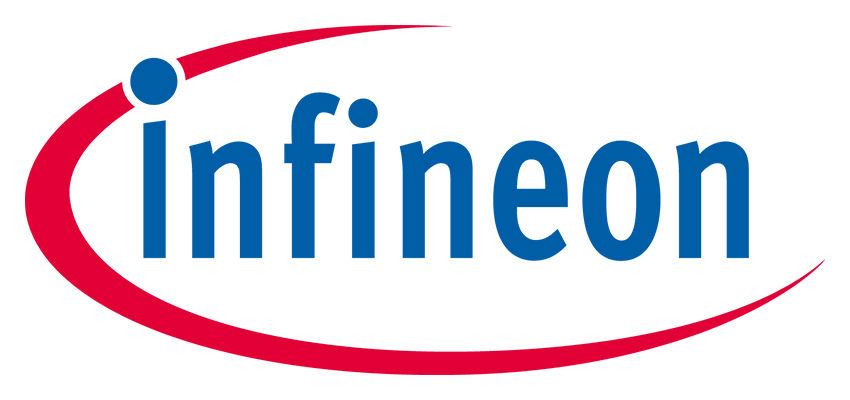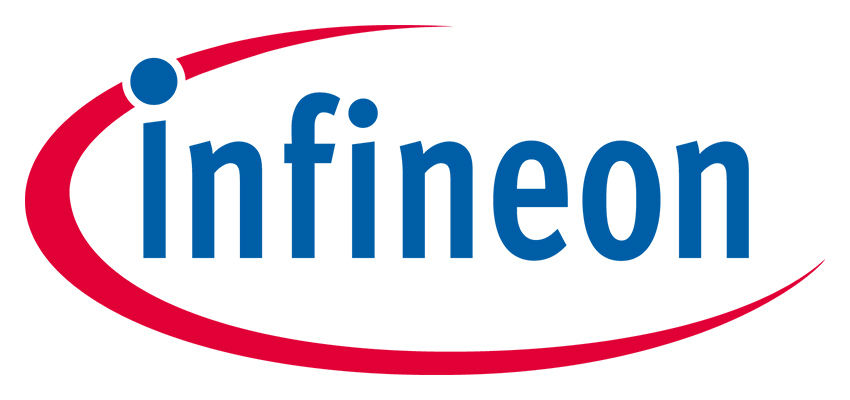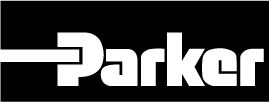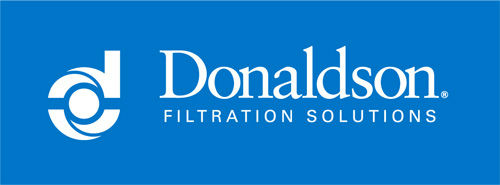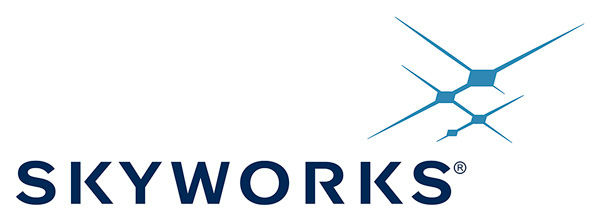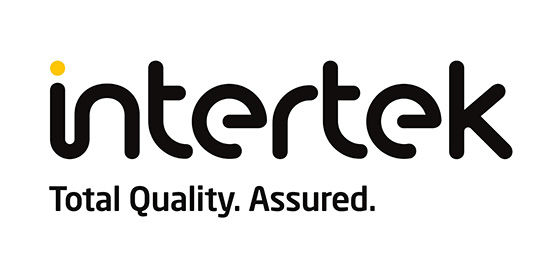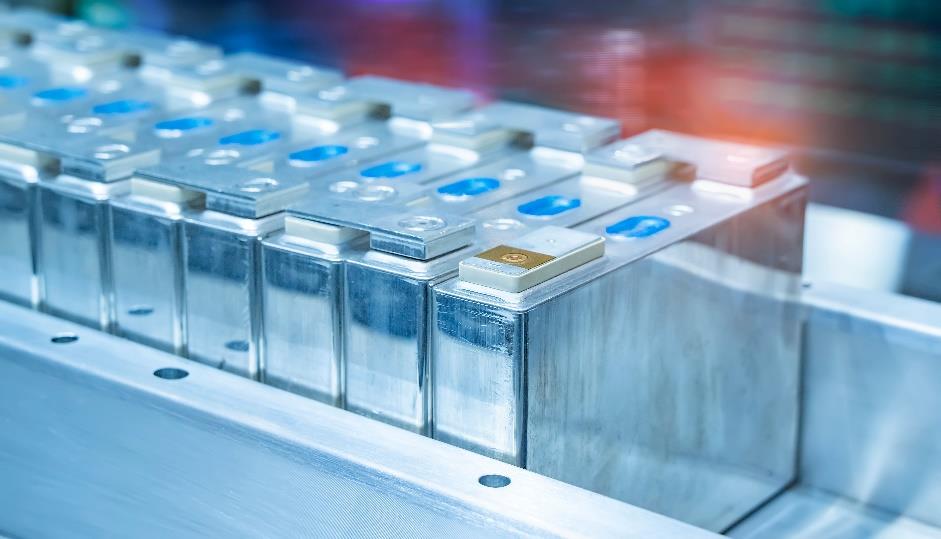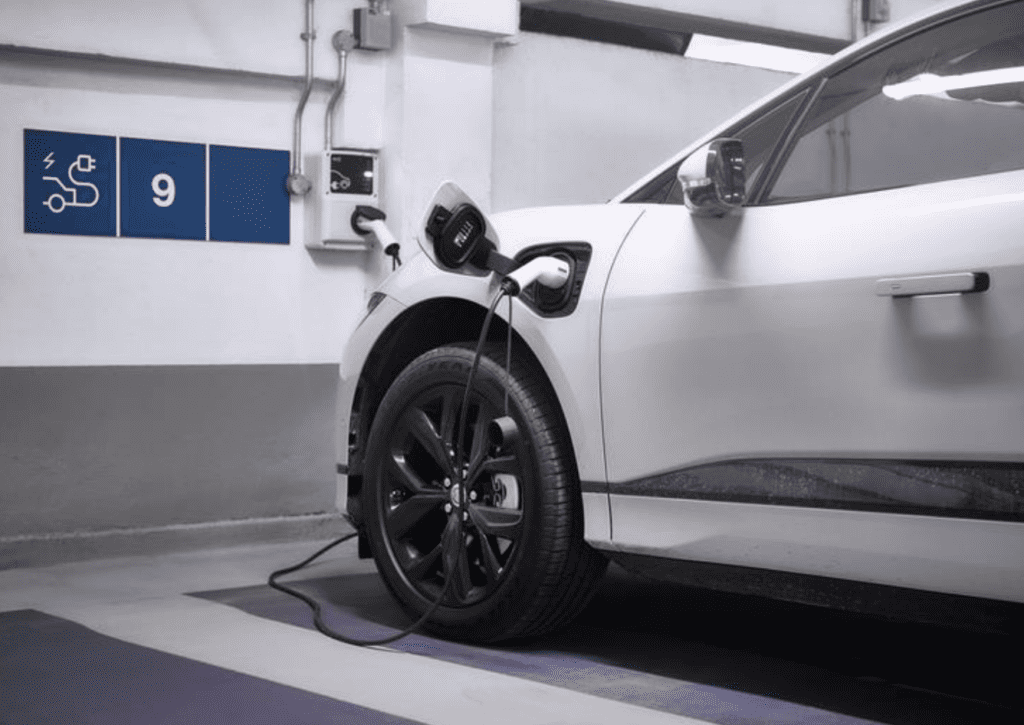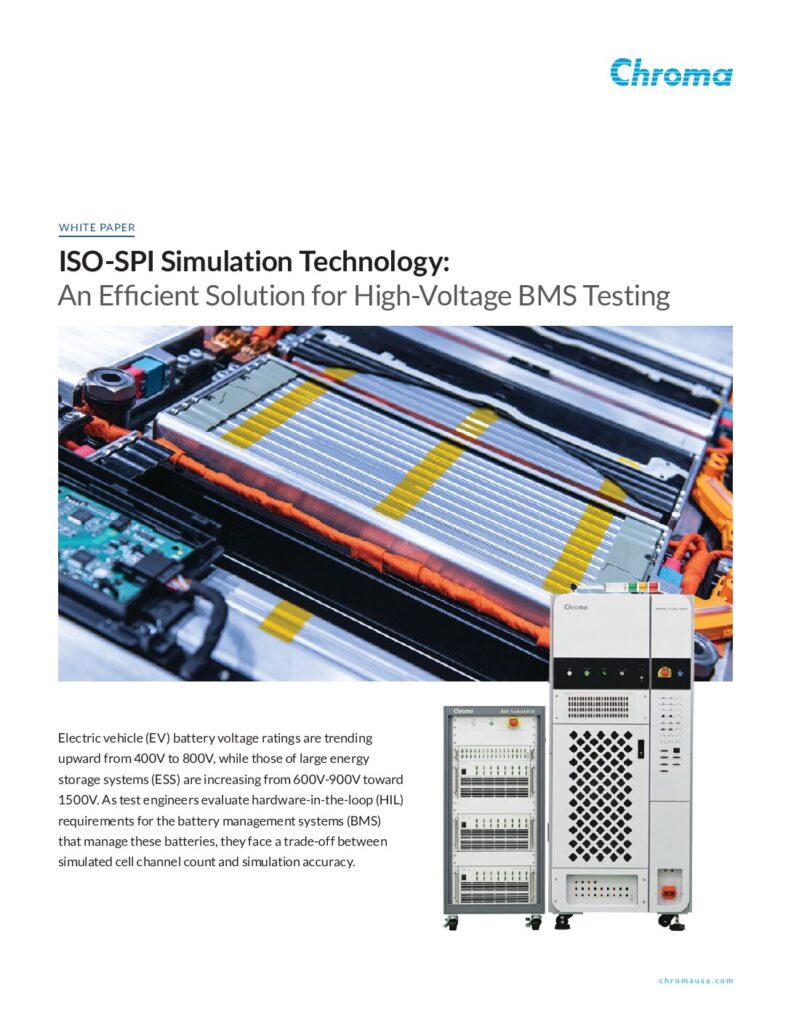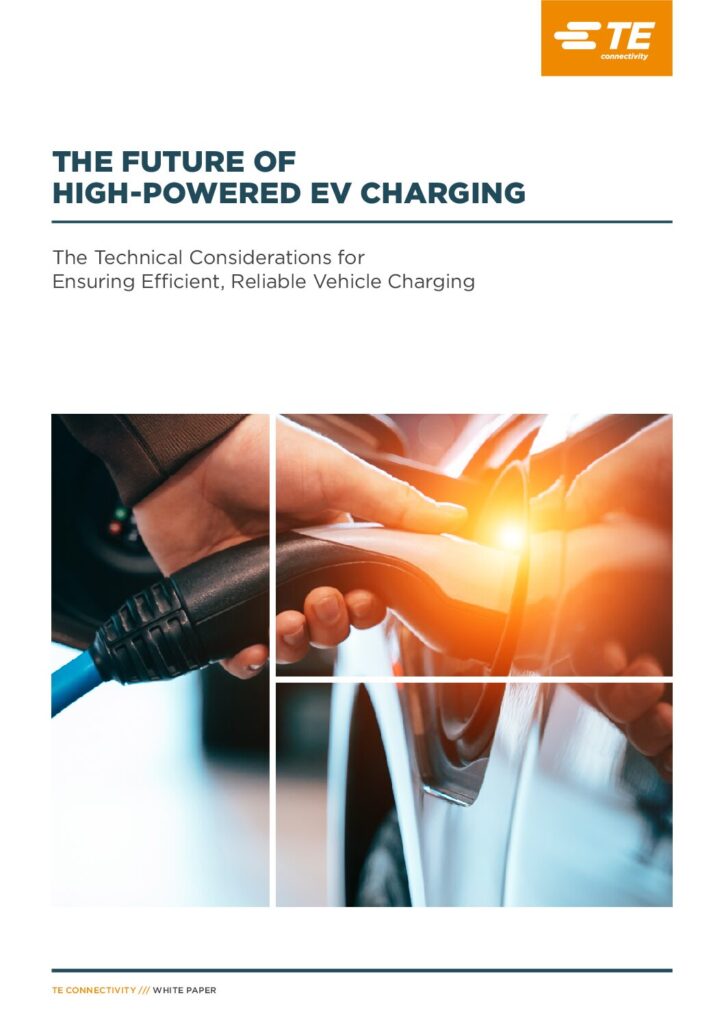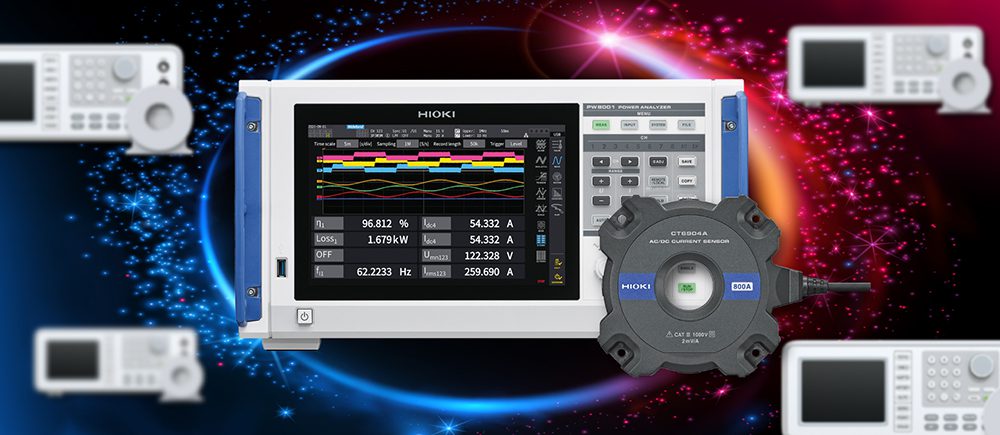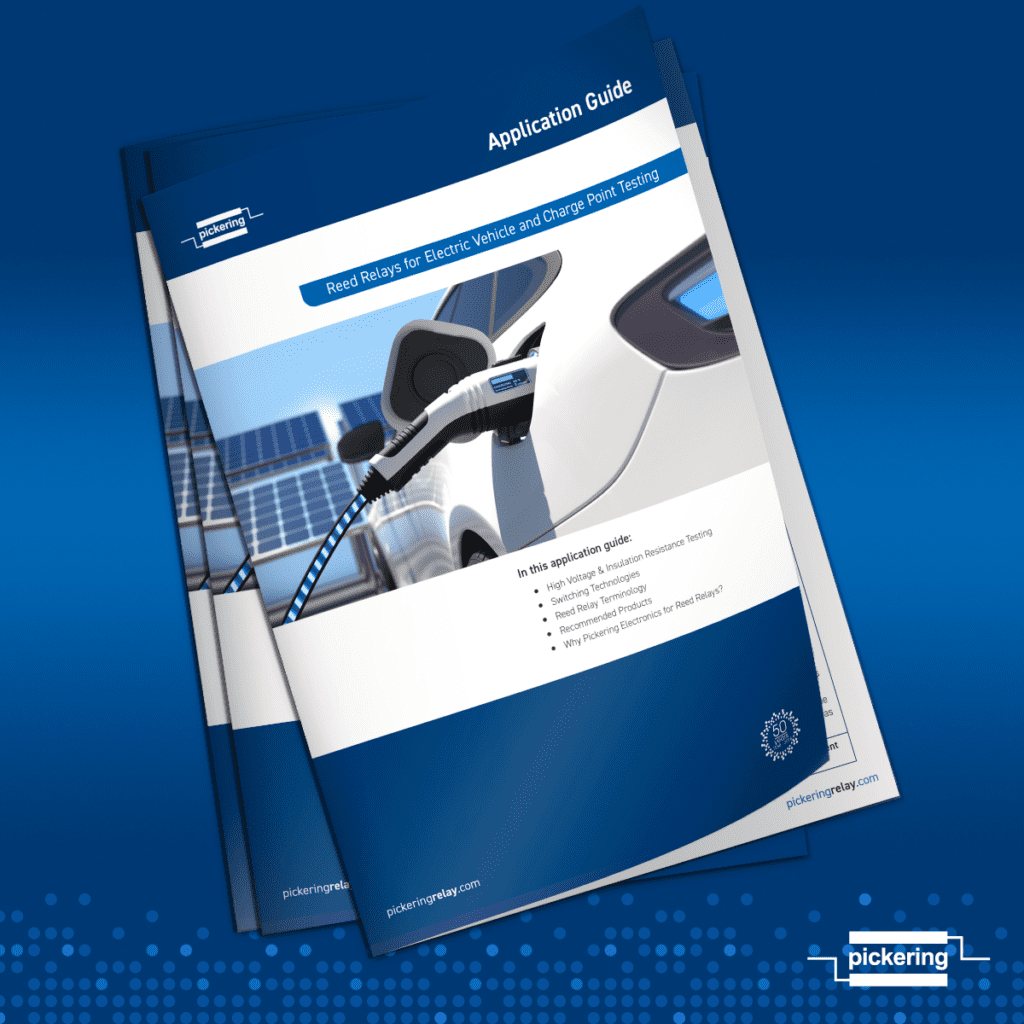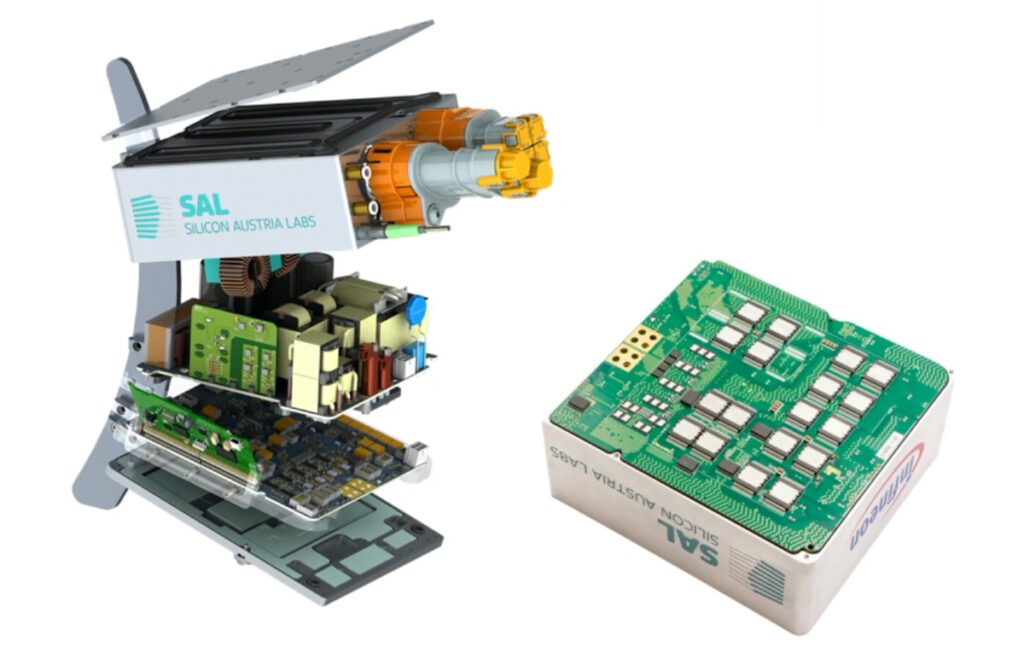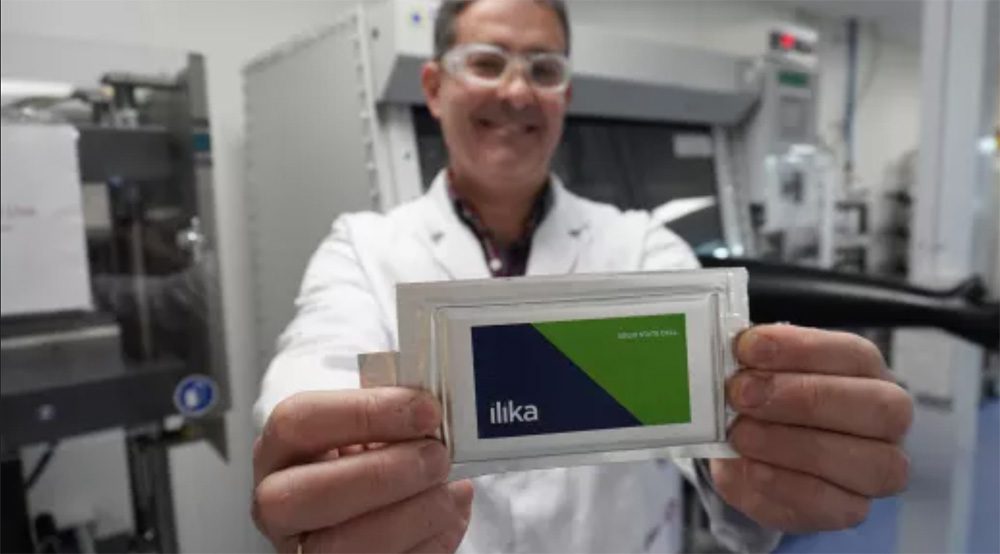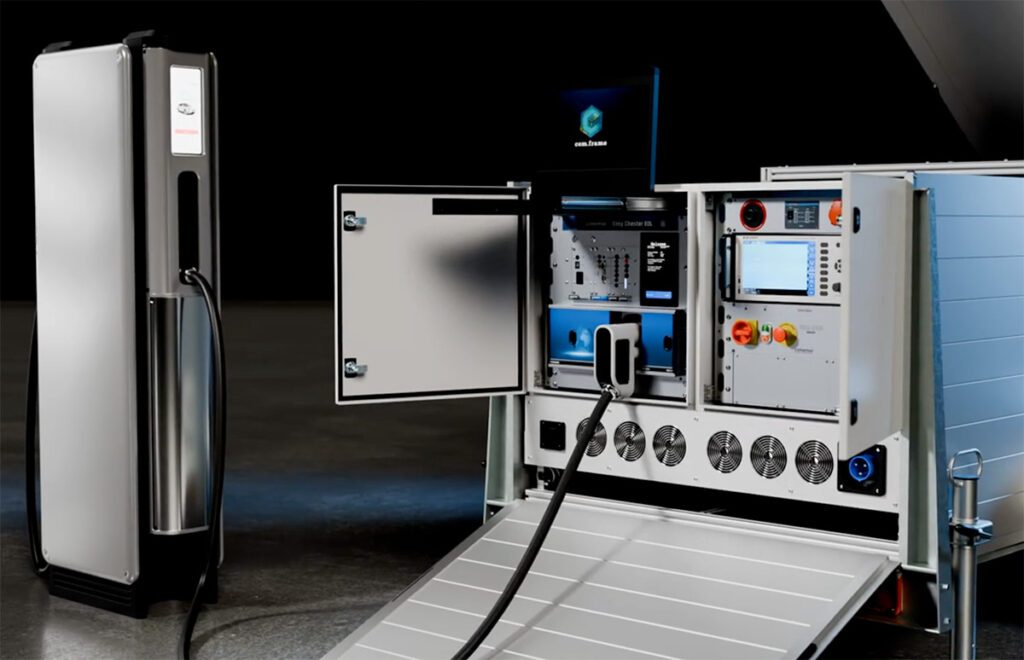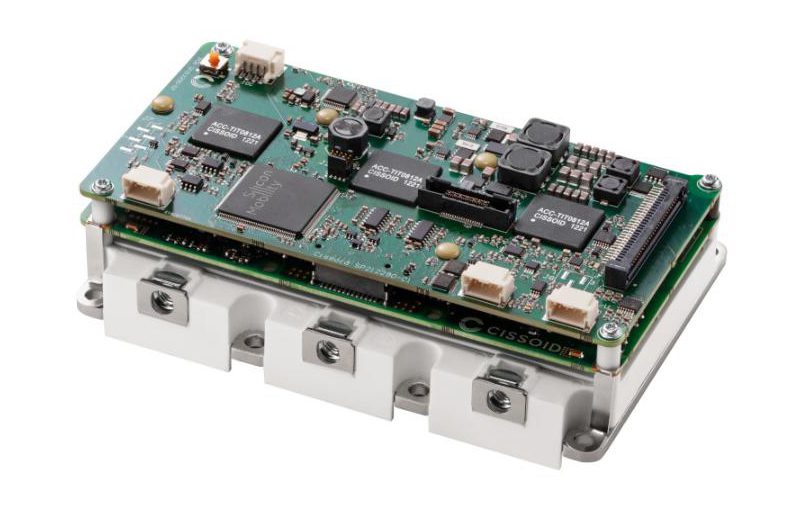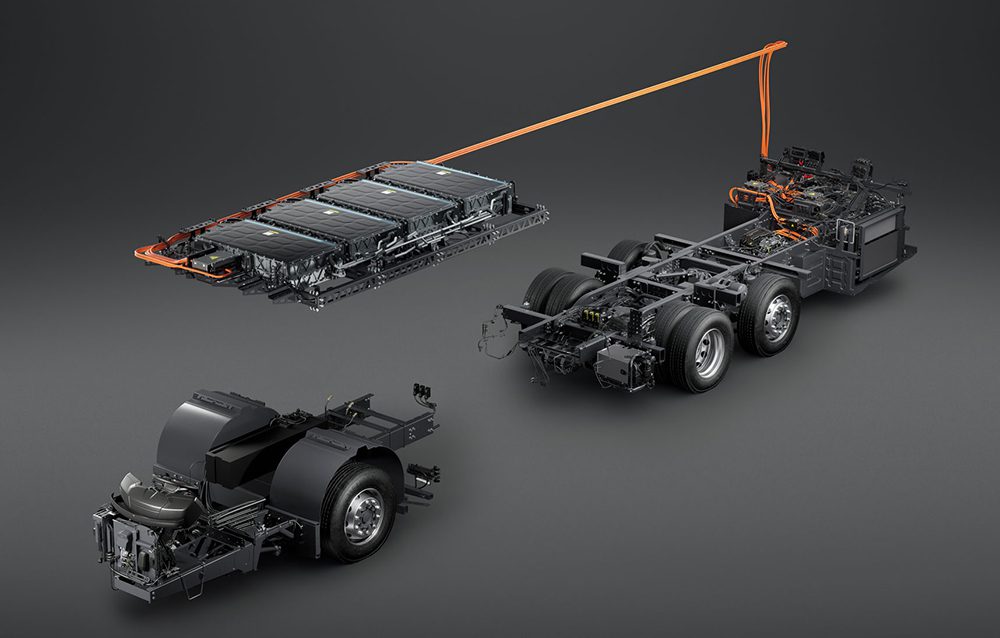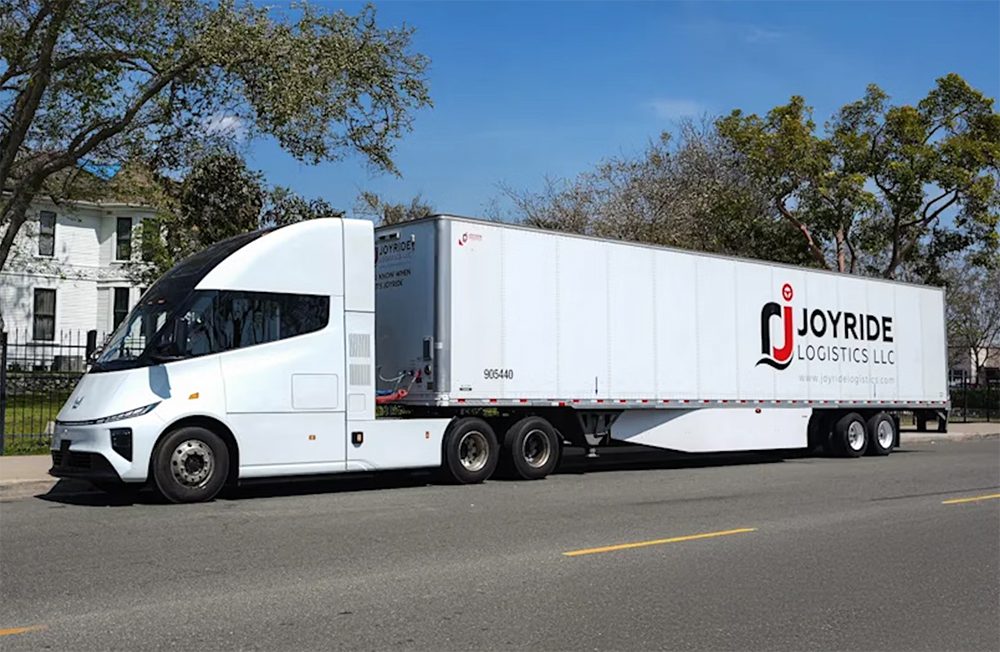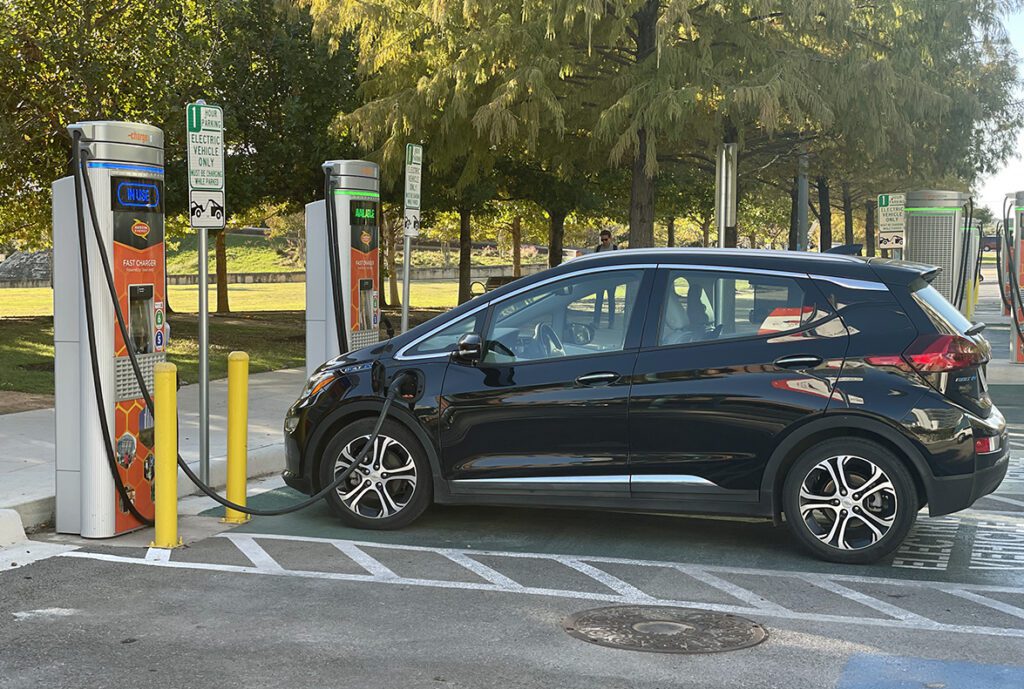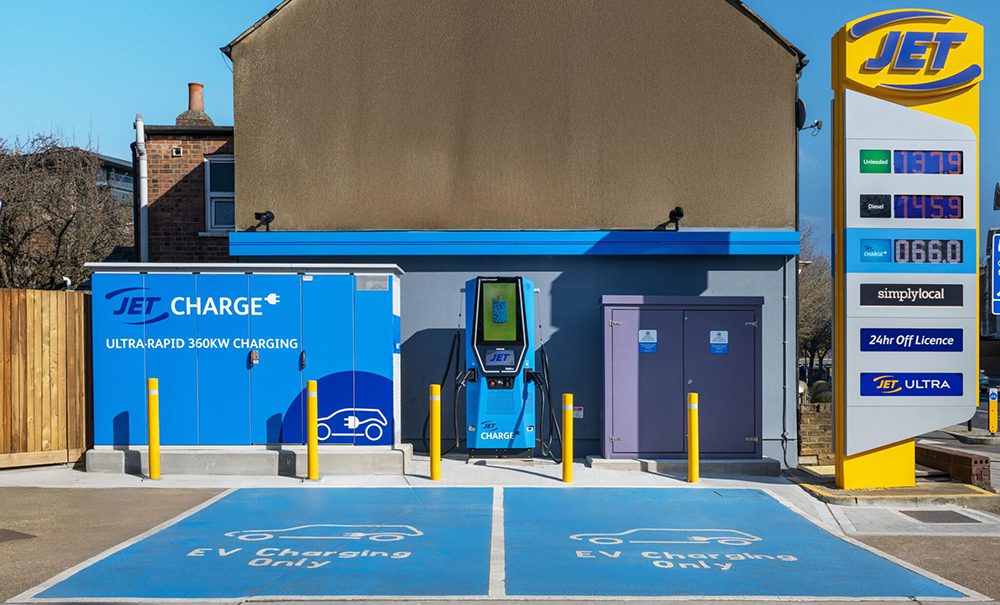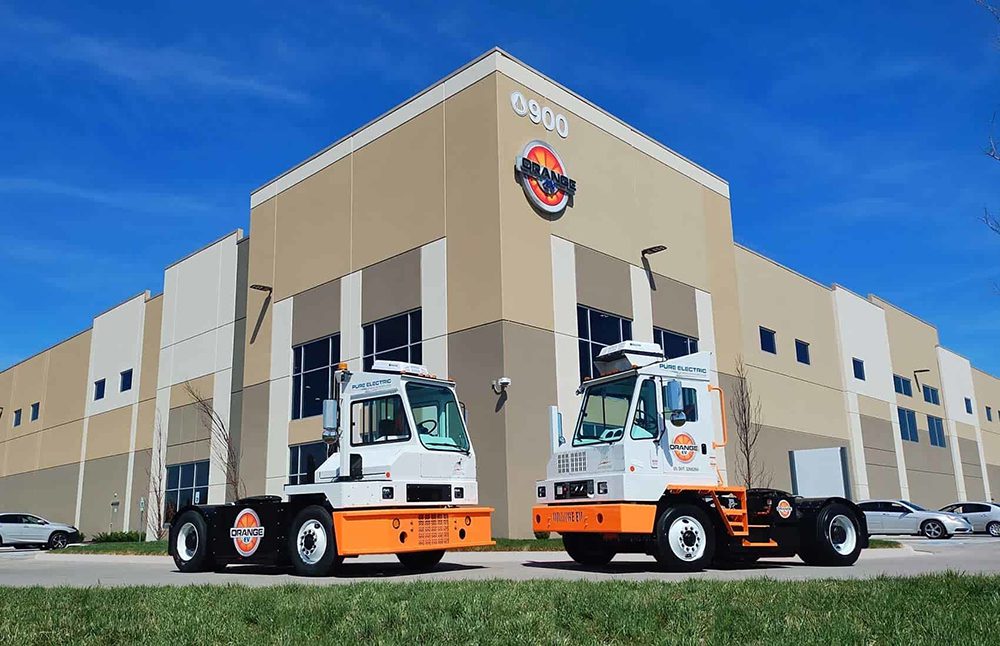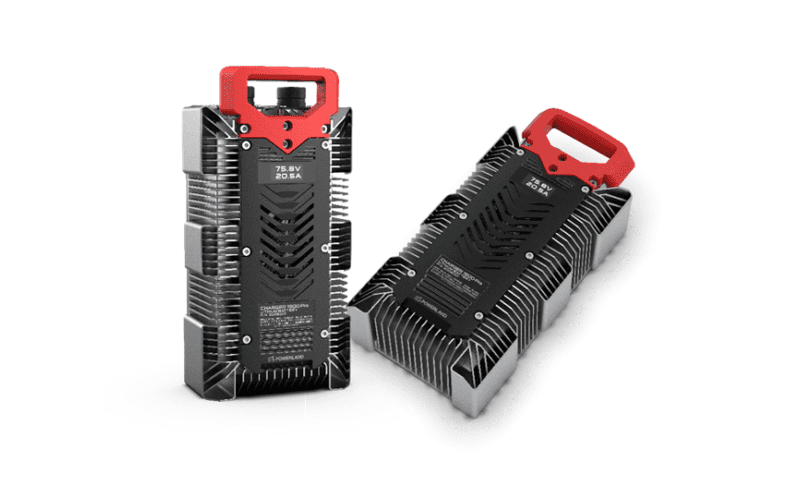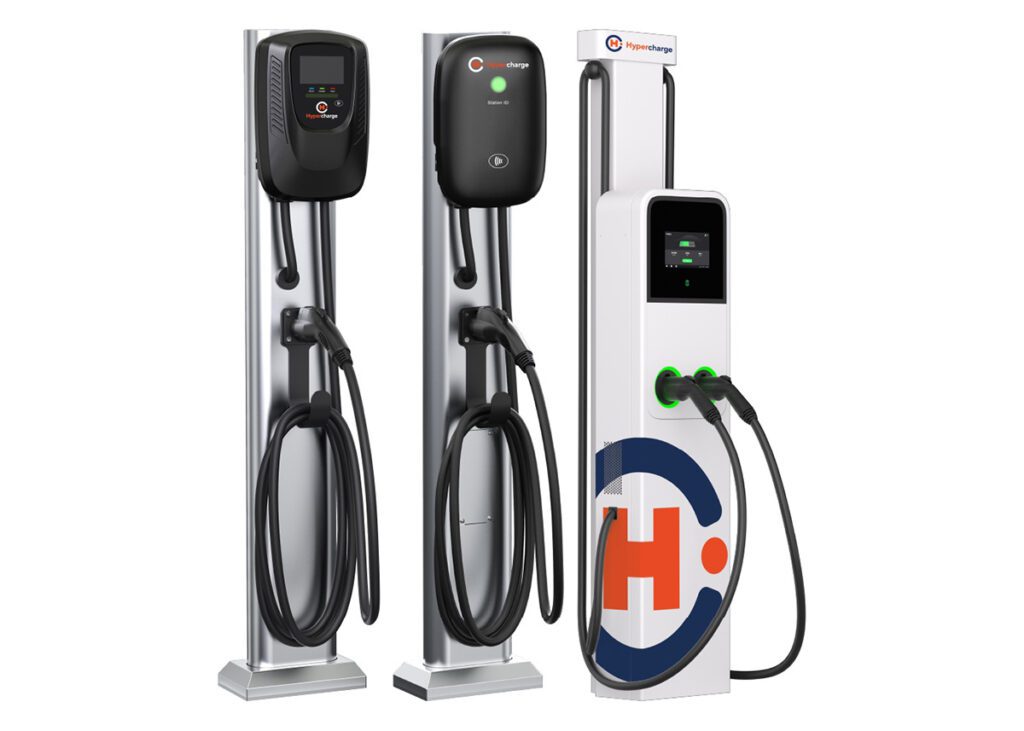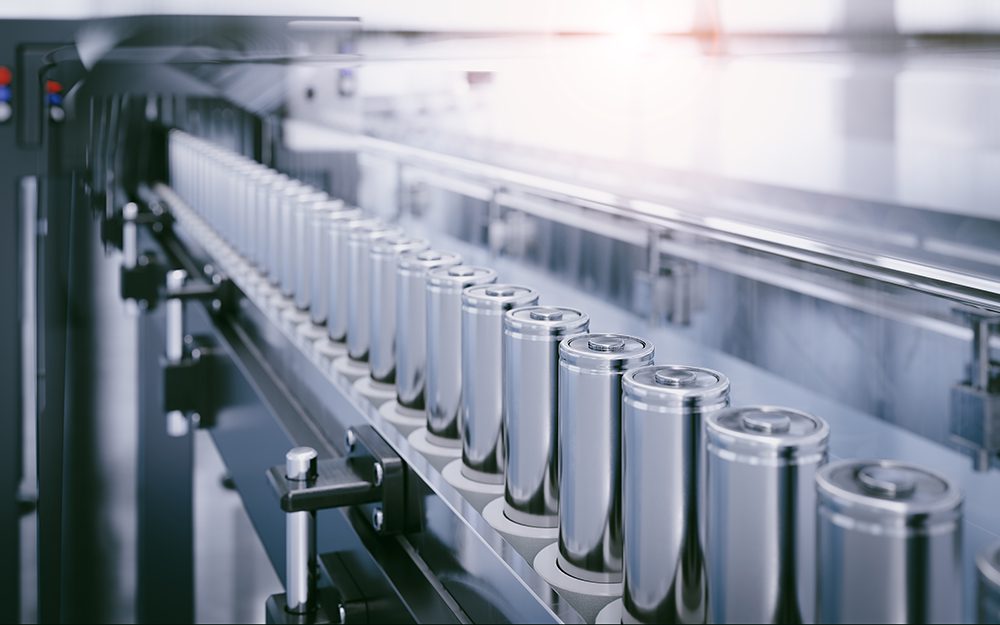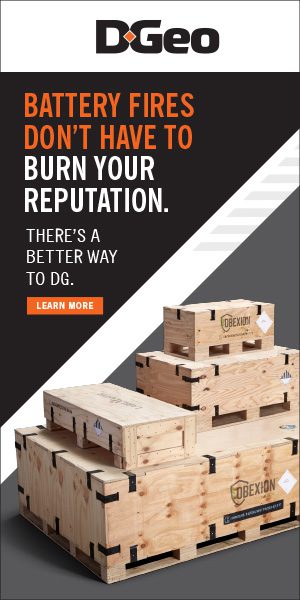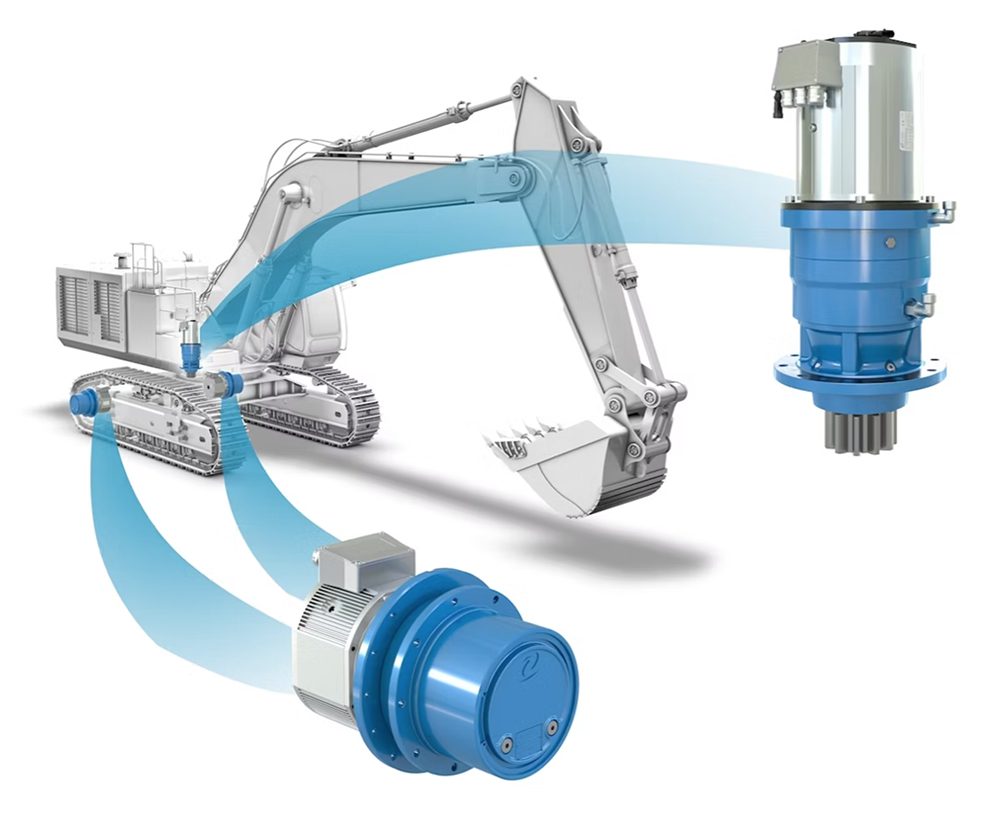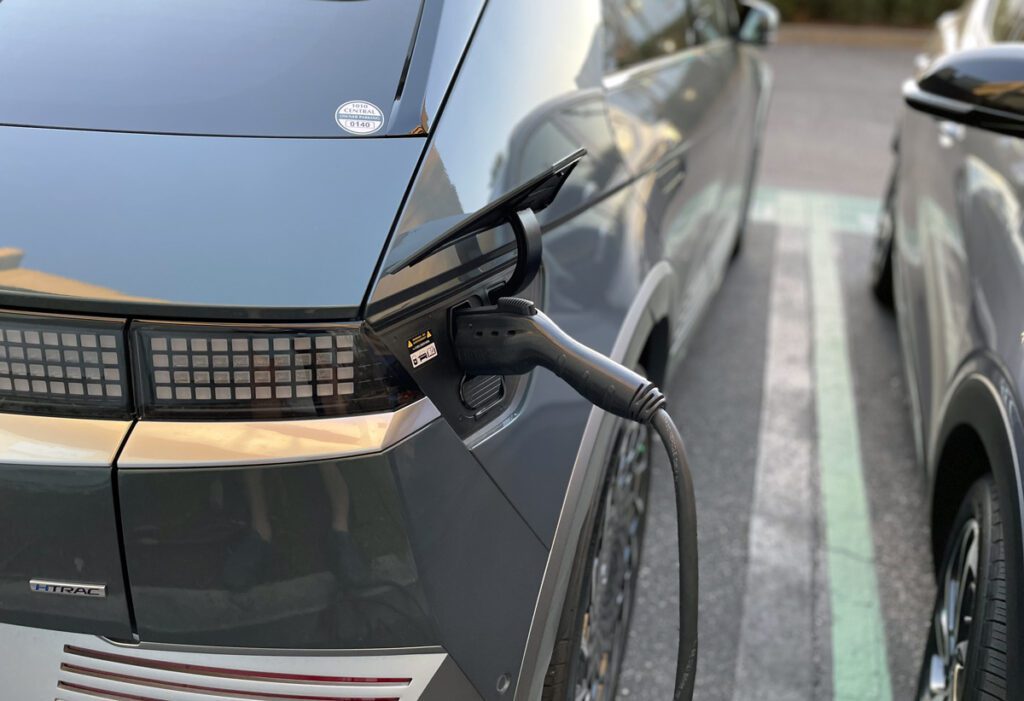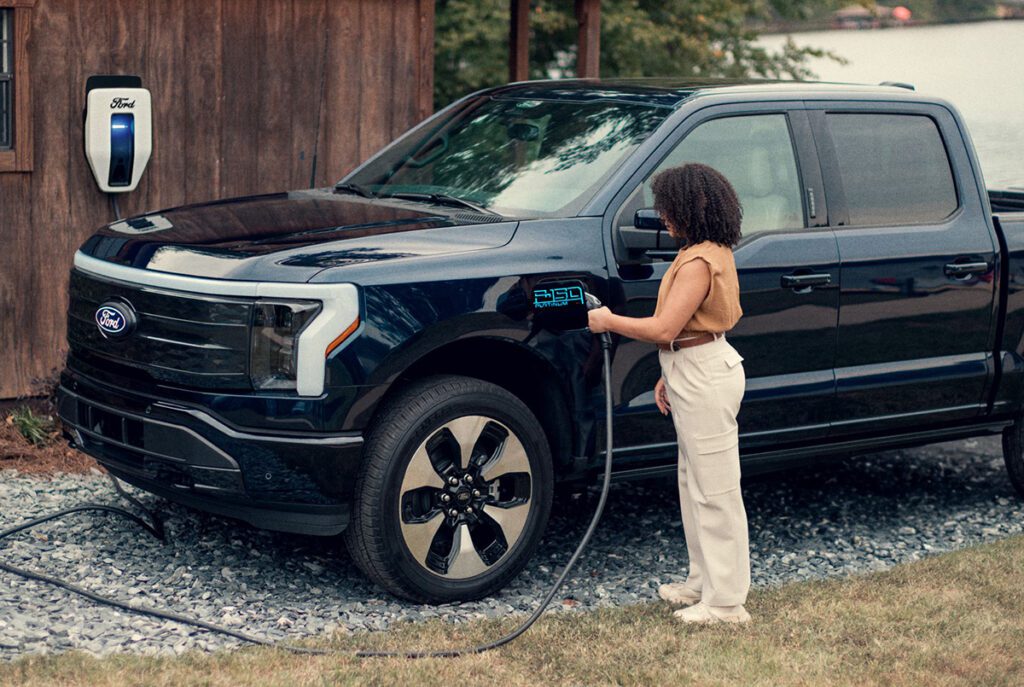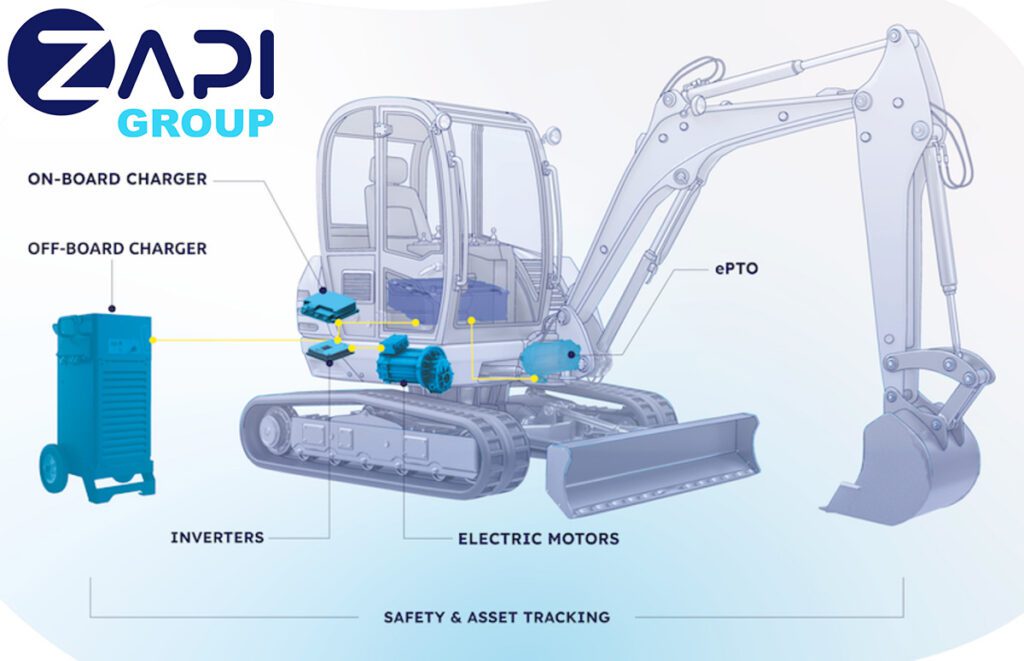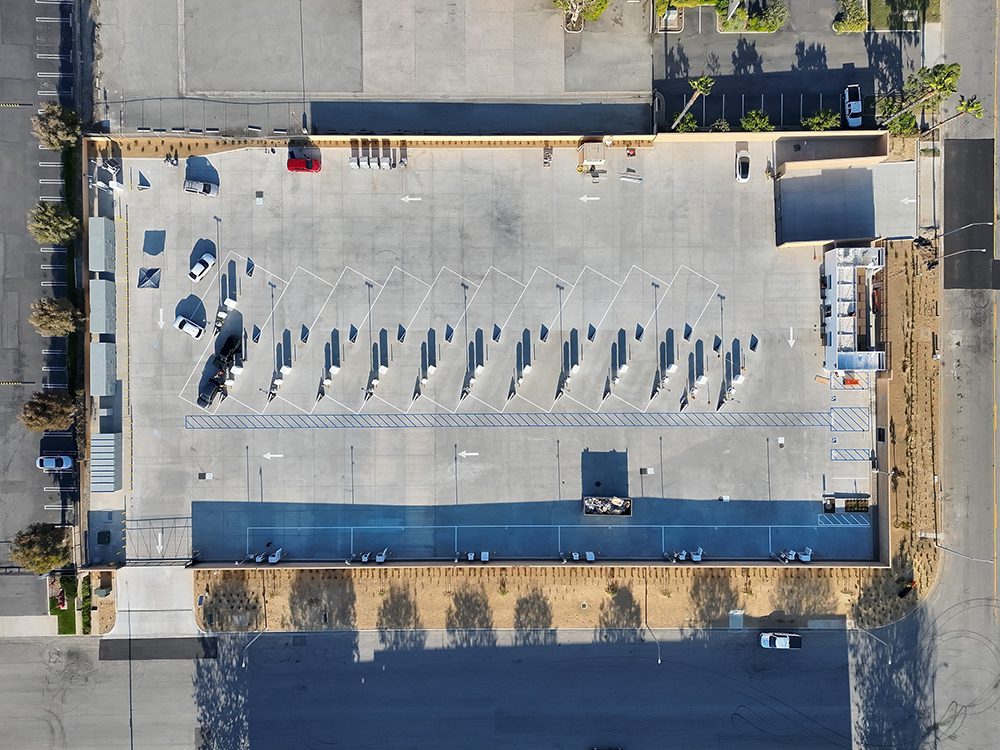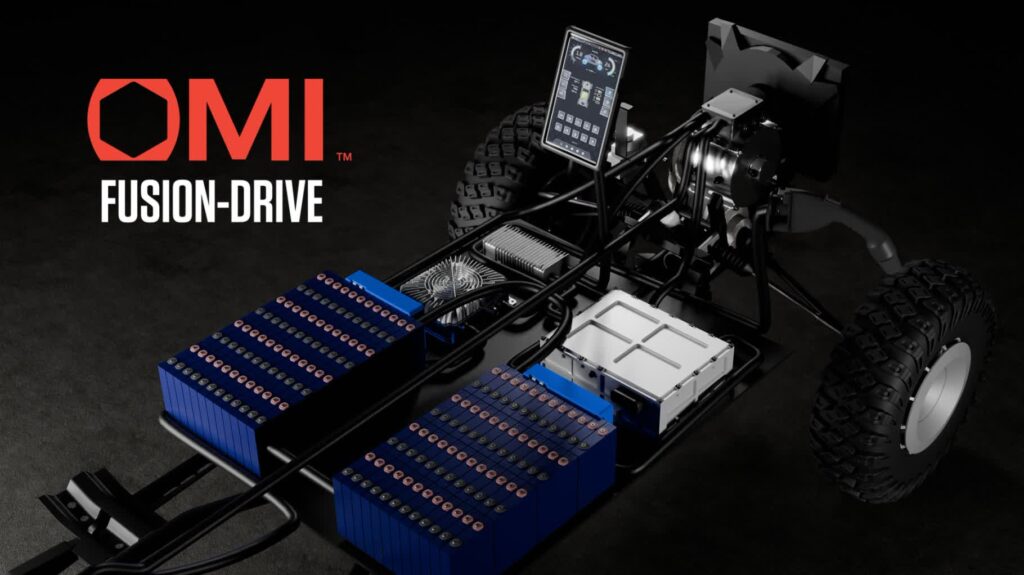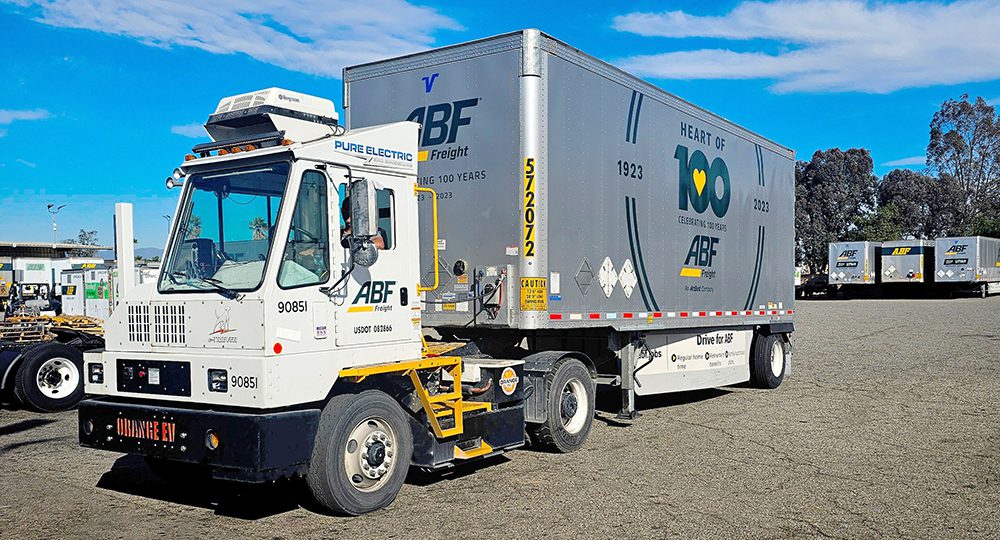Sponsored by Dymax Corporation
By Dr. Aysegul Kascatan Nebioglu and Chris Morrissey
Components on printed circuit boards or electronic modules in electric vehicles are often required to be covered with polymeric encapsulants to protect them against environmental conditions such as moisture, chemicals, and rapid and extreme temperature changes, while providing mechanical support and electrical insulation.
It is crucial for encapsulants to induce minimal stress on chips, wires, and other parts for the reliability of the electronic assemblies. Liquid encapsulants are typically based on epoxies, silicones, or light-curable materials. Epoxy formulations are rigid and utilize high loads of mineral fillers to lower bulk coefficient of thermal expansion (CTE) to match CTE of the substrates. However, since the organic epoxy has a higher CTE than the mineral fillers, it can move filler particles against the wires and create an abrasive effect on the wires, reducing the reliability of the parts. Silicones and light-curable encapsulants are typically more flexible and have low modulus than epoxies, therefore creating less stress on the components, wire bonds, and solder connections, including those found in circuit boards used in the operation of battery management systems (BMS).
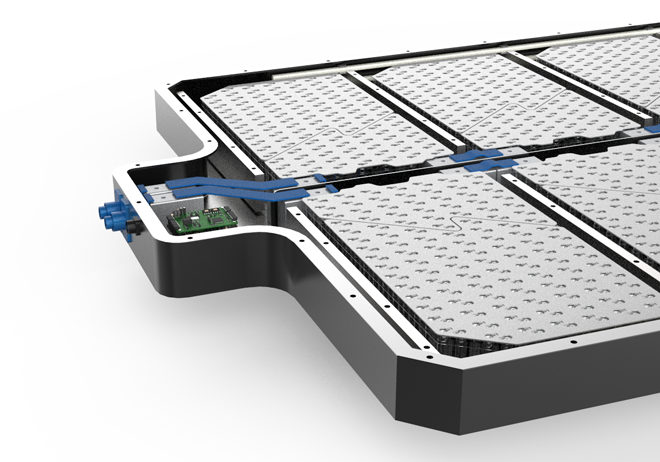
A new dual-curable (light and moisture), 100% solids encapsulant that exhibits an excellent balance of properties is now available. While the key advantage of light-curable encapsulants is the ability to use a non-solvated, “green” (100% solids) material, secondary moisture cure allows curing of the material in shadow areas not available to UV light. This one-component material can also be shipped and stored at ambient conditions, so it does not require cold shipping and storage. Light-curable encapsulants can also provide significant benefits over conventional technologies, including very fast, tack-free curing, lower operating costs driven by lower labor needs, space savings, lower energy demand, and higher throughput. This material does not require heating to cure, which makes it an ideal choice for heat-sensitive substrates and very well-suited for wire bonding applications in EV BMS.
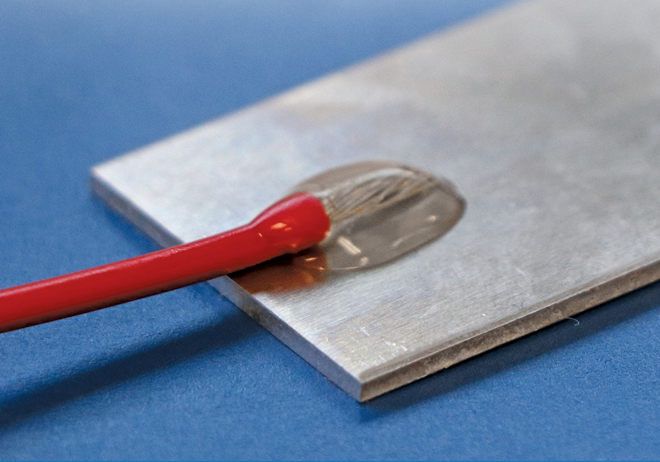
A white paper features the results of a study performed on liquid glop-top encapsulants that are placed over PCB components and wire bonds as a protective layer. The performance of this new dual-curable encapsulant against other light-curable materials and types of encapsulants in reliability tests, such as heat and humidity resistance (85oC / 85% RH), thermal shock resistance (-55oC to +125oC) and corrosion resistance against salt spray and chemicals, is outlined in detail.
Visit Dymax dual-cure EV encapsulant to download your copy.







